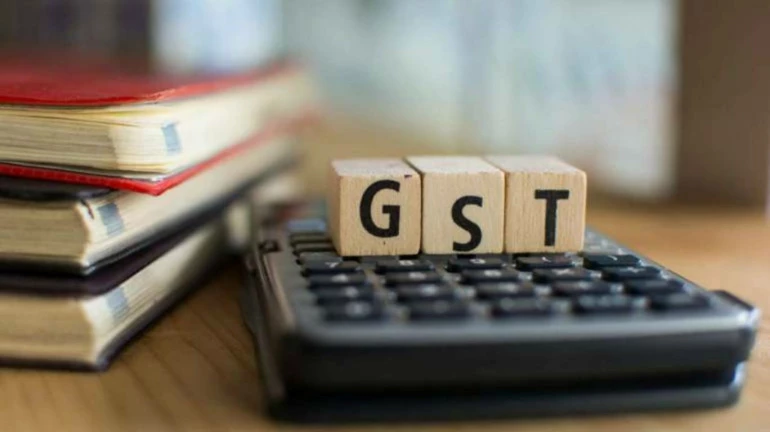
The government will celebrate July 1 as ‘GST Day’ as the roll-out of the new indirect tax regime completes one year on Saturday. Goods and Service Tax (GST) came into effect on June 30, while the ceremony was held in the Central Hall of Parliament.
The new taxation system is considered to be one of the biggest economic reforms since Independence and has transformed India into ‘one nation, one tax’, absorbing over a dozen of local levies and duties into one. However, for a country with a dynamic economic disparity like India, how practical has the regime proved to be for the common man? How the system has benefited the businessmen in our country still remains a question.
GST has six different rates- 5, 12, 18 and 28 percent. Apart from this, some items are also taxed at zero percent while gold at 3 percent. This feature of the Indian GST makes it one of the most complex taxation systems in the world.
The first day of the roll-out of the new indirect tax system saw technical glitches appearing on the GST Network portal. Taxpayers registering on the network were a lot inconvenienced due to the chaos created. The portal was not able to take the load of last-minute rush file returns. As a result, the government was forced to postpone the filing of deadlines several times. The exports refunds also piled which led to blockage of exporters’ working capital.
Over 50% of Indian goods fall in the 28 percent tax category of the GST. India has one of the highest number of tax slabs. In Asia, India has the highest standard GST rate in Asia and the second highest in the world after Chile. In some countries, the inflation rates shot up high in the initial months of the introduction of Goods and Service Tax. In Canada, GST was introduced in 1991 at the rate of 7 percent. Countries like Austrailia and Malaysia had to take up measures to control inflation after GST. The retail inflation rate was 2.36 percent in July 2017, when GST was introduced in India. The rate went even higher at 3.36 percent the following month in August, which was the highest in five months. In May 2018, roughly 11 months after the implementation of GST, the inflation rate was 4.87 percent.
Prior to the introduction of GST, the total indirect tax collection in the financial year 2016-17 was Rs 17.10 lakh crore with an average collection of Rs 1 lakh crore per month. However, 11 months after GST came into effect i.e. between July 2017 and May 2018, the total tax collection was 10.06 lakh crore and the average collection was Rs 91 thousand crores per month. GST collection had crossed 1 lakh crore in April 2018.
Four major decisions since the implementation of GST
The GST council has taken about four major decision since the GST came into force.
The biggest resistance of the implementation of GST was seen in Surat, the hub of textile trade in India. Textile traders in the city say that GST has had a negative impact on their businesses and they are continuously running a loss.
In spite of a lot of demands in the wake of rising fuel prices, petroleum products, power and real estate have been kept outside the GST ambit. The states are to levy their own taxes on natural gas, potable alcohol, crude oil, aviation fuel, electricity and real-estate property. Experts have suggested bringing petrol and diesel under GST. In December last year, former finance minister Arun Jaitley had told the Rajya Sabha that the Central government was in favour of bringing petroleum products under the ambit of GST after building a consensus with states. Oil Minister Dharmendra Pradhan has also backed the call to bring the two fuels under GST. But it has not yet been understood whether this can help provide relief to customers.
GST has not proved much productive to the common man or the business holders. Although it has come a long way from a complicated taxation system of a dozen different taxes and cesses, it still has a lot of room for improvement to devise an ideal taxation regime.





